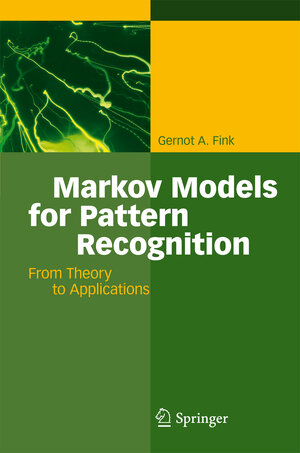
„The practice part makes the book unique among many other pattern recognition textbooks. It discusses implementation details that are often ignored in the literature, but are important in constructing a working system. … Overall, the book is well written and clear ... It is suited not to those who want to learn the basics of pattern recognition, but to those who want to learn the state of the art of speech, character, and DNA sequence recognition problems from the perspective of the practitioner and designer. … The depth and breadth of the treatment is right for the intent of the book.“
(T. Kubota, Lewisburg, PA, in: Computing Reviews, May 2009)
Markov models are used to solve challenging pattern recognition problems on the basis of sequential data as, e. g., automatic speech or handwriting recognition. This comprehensive introduction to the Markov modeling framework describes both the underlying theoretical concepts of Markov models - covering Hidden Markov models and Markov chain models - as used for sequential data and presents the techniques necessary to build successful systems for practical applications.
Additionally, the actual use of the technology in the three main application areas of pattern recognition methods based on Markov- Models - namely speech recognition, handwriting recognition, and biological sequence analysis - are demonstrated.



